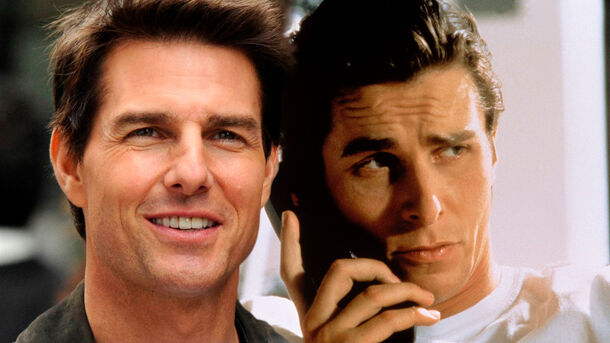Christian Bale Inspired by Tom Cruise’s On-Screen Persona for 'American Psycho': Real Story Behind the Legend

Unexpected inspo for the iconic character.
Christian Bale, the acclaimed actor who brought Patrick Bateman to life in the film adaptation of Bret Easton Ellis’s novel, has shared that his portrayal was notably influenced by an interview he watched featuring Tom Cruise.
During this interview on David Letterman’s late-night programme, Bale observed something that left a lasting impression on him. He noted Cruise’s manner — an outward display of intense friendliness that seemed almost superficial, a kind of polished veneer that masked a lack of genuine emotion or depth behind the eyes.
This particular aspect of Cruise’s demeanour resonated with Bale and contributed to his understanding of the character he was to embody.
Mary Harron, the director of American Psycho, also commented on this influence, describing how Bale’s interpretation was shaped by this subtle but significant observation. The actor aimed to capture that unsettling combination of charm and emptiness, which is central to the character of Patrick Bateman.
The film explores themes of superficiality, identity, and psychopathy within the context of 1980s Manhattan’s materialistic culture. Bale’s performance hinges on conveying a sense of disconnection and menace beneath a polished exterior.
This insight into Bale’s creative process highlights how actors often draw inspiration from real-life observations and media appearances to craft complex characters. In this case, a seemingly innocuous interview became a pivotal element in shaping one of modern cinema’s most memorable and chilling performances.
The influence of Tom Cruise’s mannerisms underscores the importance of subtlety in acting — how small gestures and expressions can profoundly impact character development and audience perception. Ultimately, Bale’s dedication to capturing that nuanced blend of friendliness and emptiness helped make American Psycho a compelling exploration of surface appearances versus underlying darkness.
